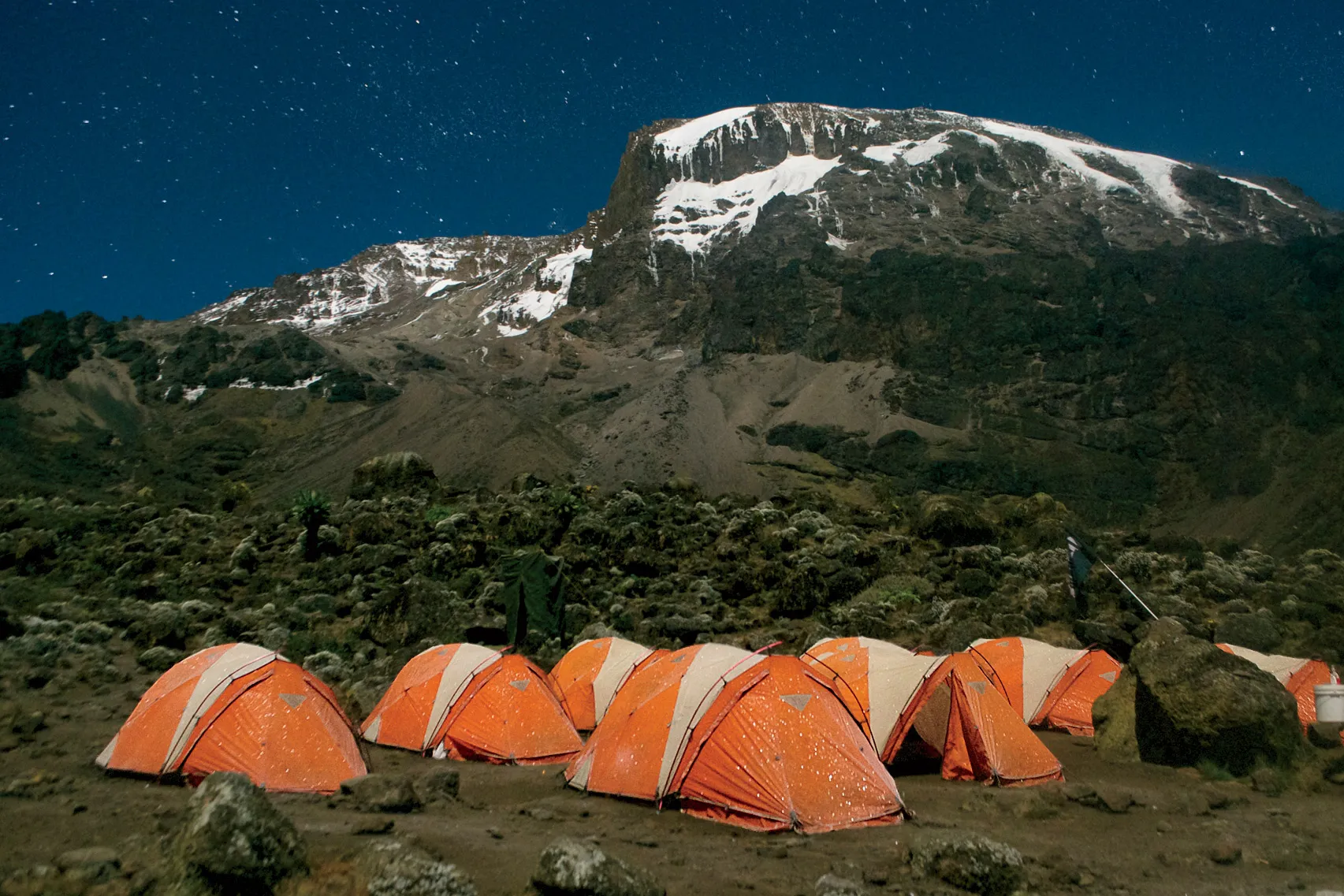How Hard Is It to Climb Mount Kilimanjaro?
Mount Kilimanjaro is one of the world’s most famous trekking challenges. Its difficulty depends on route, fitness level, altitude acclimatization, and preparation. This guide explains what to expect so you can climb safely and successfully.

Climbing Mount Kilimanjaro is a thrilling adventure, but many ask: “Is it hard?” The climb is not technical, so you don’t need mountaineering experience, but it is physically demanding due to high altitude, steep sections, and multi-day trekking. Understanding the factors affecting difficulty helps you prepare for a successful summit.
Table of Contents
Kilimanjaro Routes & Difficulty
Difficulty varies with the route. Longer routes allow better acclimatization and increase summit success, while shorter routes are steeper and more physically demanding.
| Route | Typical Days | Difficulty | Highlights |
|---|---|---|---|
| Lemosho | 7–8 | Moderate | Beautiful scenery, best acclimatization |
| Machame | 6–7 | Moderate–Challenging | Popular route, great views |
| Marangu | 5–6 | Moderate | Comfort in huts, easier logistics |
| Rongai | 6–7 | Moderate | Quieter north approach |
| Northern Circuit | 8–9 | Moderate | Longest, highest summit success rate |
| Umbwe | 6 | Challenging | Steep, direct, for experienced trekkers |
Altitude & Acclimatization
Altitude is the main factor that makes Kilimanjaro challenging. Even physically fit climbers may experience headaches, nausea, or fatigue. Gradual ascent, longer routes, and proper hydration improve chances of reaching the summit safely.
Fitness & Preparation
- Cardio exercises: hiking, running, cycling
- Strength training: legs, core, and back
- Practice multi-day hikes with backpacks
- Break in trekking boots well before the climb
Mental Challenges
Climbing Kilimanjaro is as much mental as physical. Early starts, cold nights, and long days test your determination. Staying positive, pacing yourself, and trusting your guides make a huge difference.
Tips to Make the Climb Easier
- Choose a longer route for better acclimatization.
- Maintain a slow and steady pace ("pole pole").
- Stay hydrated and eat regularly during the trek.
- Use trekking poles to reduce knee strain.
- Trust local guides—they know the mountain best.
Plan Your Kilimanjaro Climb with Local Experts
Tell us your dates and route preference. We’ll provide a personalized, no-pressure quote.
